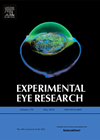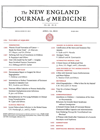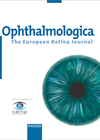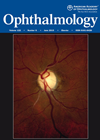
Journal Reviews archive for August 2015
Transfected RPE cells inhibit AMD in rats
Age-related macular degeneration (AMD) is a leading cause of blindness in the elderly. Wet AMD is characterised by choroidal neovascularisation, new vessels into the retina, leading to leakage and tissue damage. Many proangiogenic factors particularly vascular endothelial growth factor (VEGF)...
Persistence of Ebola virus in ocular fluid during convalescence
The most recent Ebola outbreak has infected over 26,300 patients, but also resulted in the highest number of survivors in history. Uveitis has been described during the convalescent period, but Varkey and colleagues report, for the first time, finding viable...
Stereotactic radiotherapy for polypoidal choroidal vasculopathy
Polypoidal choroidal vasculopathy (PCV) is a variant of neovascular AMD. It is a disease of choroidal vasculature characterised by abnormal branching vascular network with aneurysmal dilatations (polyps). Features of PCV include pigment epithelial detachments (PED), subretinal fluid (SRF) accumulation and...
Outcomes of ‘treat and extend’ for neovascular AMD
The authors report on 24-month outcomes of anti-vascular endothelial growth factor (anti-VEGF) therapy using a ‘treat and extend’ regime for treatment-naïve neovascular age-related macular degeneration (nAMD). Data for this study was collected from the Fight Retinal Blindness observational registry based...
Association between smoking and uveitis
This is a retrospective, population-based, case-control study from the general Kaiser Hawaii population. Over a two year period (1 January 2006 to 31 December 2007), there were 100 confirmed incident cases of uveitis. Two control groups were created, with 522...








